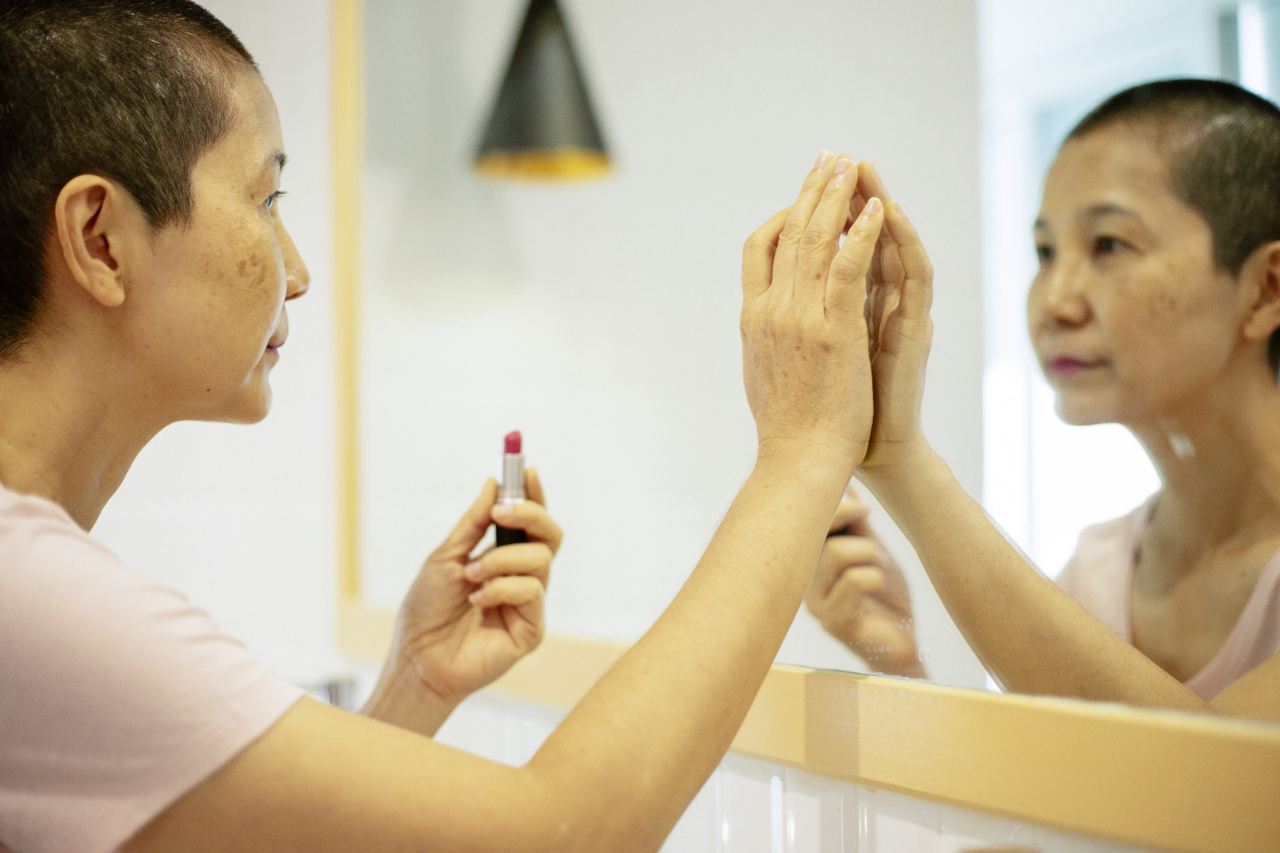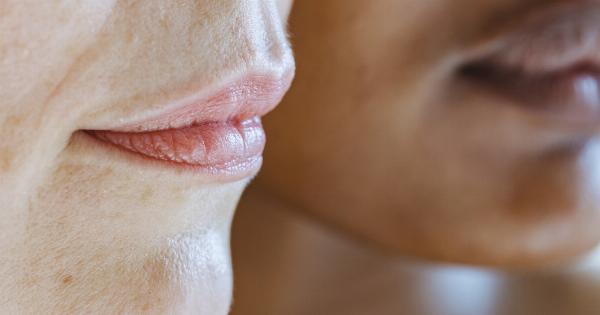Facial harmony is the balance between the different facial features that create an aesthetically pleasing appearance. Everyone has different facial features that can either complement or detract from their overall appearance.
Unlocking the secret to perfect facial harmony is about understanding the different features of the face and how they work together to create balance.
In this article, we will delve deeper into the topic to help you achieve a more balanced and harmonious facial appearance.
The Golden Ratio in Facial Harmony
The golden ratio is a mathematical equation that is often used in art and design. It is a proportion of 1:1.618, which is considered to be the most aesthetically pleasing ratio.
In facial harmony, the golden ratio is used to measure the balance between different facial features.
The golden ratio can be applied to different parts of the face, such as the distance between the eyes and the length of the nose. When these measurements are in proportion to each other, it creates a balanced and harmonious appearance.
The Importance of Facial Proportions
Facial proportions play a critical role in creating a harmonious appearance. The face is made up of various parts, and each part should be in proportion to the others to achieve an aesthetically pleasing appearance.
For instance, the ideal width of the forehead should be equal to the width of the cheekbones. The length of the face should be approximately one and a half times the width of the face.
When these proportions are met, it creates a symmetrical and balanced appearance.
What Causes Facial Asymmetry?
Facial symmetry is a critical component of facial harmony. However, it is not uncommon for people to have some degree of facial asymmetry. There are many causes of facial asymmetry, including:.
- Genetics – some people are born with facial asymmetry
- Developmental issues – certain conditions or injuries during development can cause facial asymmetry
- Surgical procedures – some surgeries can result in facial asymmetry
While facial asymmetry can be a source of concern for some people, it is important to remember that minor asymmetry is normal. In fact, complete symmetry in the face is rare and often unnatural.
Facial Features That Impact Facial Harmony
Facial harmony is impacted by various facial features. In this section, we will explore some of the most critical facial features and how they impact facial harmony.
Eyes
The eyes are often referred to as the windows of the soul, and they play a crucial role in facial harmony. Wide-set eyes can make the face appear wider, while eyes that are too close together can make the face appear narrow.
The ideal distance between the eyes is approximately one eye width.
Nose
The nose is a prominent facial feature and has a significant impact on facial harmony. A nose that is too large in proportion to the face can draw attention away from other facial features.
Conversely, a nose that is too small can make the face appear unbalanced. The ideal nose proportion is one that is in harmony with the rest of the facial features.
Mouth
The mouth is another prominent facial feature that impacts facial harmony. The ideal mouth width is approximately one-third the width of the face. The shape and fullness of the lips can also impact facial harmony.
Cheeks
The cheeks are an important part of facial harmony, and their shape and size can impact the overall appearance of the face. High cheekbones are often considered an attractive facial feature, and they can help create a more balanced appearance.
Jawline
The jawline is another important facial feature that can help create a balanced appearance. A strong, defined jawline can create a more masculine appearance, while a softer jawline can create a more feminine appearance.
Facial Harmony and Beauty Standards
Facial harmony has long been a critical component of beauty standards. However, beauty standards are constantly changing, and what is considered attractive today may not be considered attractive tomorrow.
Facial harmony should not be used as a measuring stick for beauty. Instead, facial harmony should be used to achieve a balanced and proportional appearance.
Ways to Achieve Facial Harmony
There are various ways to achieve facial harmony, depending on each person’s unique facial features. Some of the most common ways to achieve facial harmony include:.
- Facial fillers to enhance certain facial features or correct asymmetry
- Rhinoplasty to correct the shape or size of the nose
- Botox to smooth out wrinkles and create a more youthful appearance
- Orthodontic treatment to correct dental issues that impact facial appearance
It is important to consult with a qualified professional before embarking on any facial harmony treatments to ensure that the results are natural and proportionate.
In Conclusion
Facial harmony is the balance between different facial features that creates a balanced and proportional appearance.
Achieving facial harmony requires an understanding of the different facial features and how they impact the overall appearance of the face.
Facial asymmetry is normal to some extent, and minor asymmetry can enhance the natural beauty of the face.
Procedures like rhinoplasty, facial fillers, and Botox can help enhance facial harmony, but they should only be done under the guidance of a qualified professional.
Remember, facial harmony should not be a measuring stick for beauty standards. Instead, it should be used to create a natural and balanced appearance that enhances the unique features of each individual’s face.































